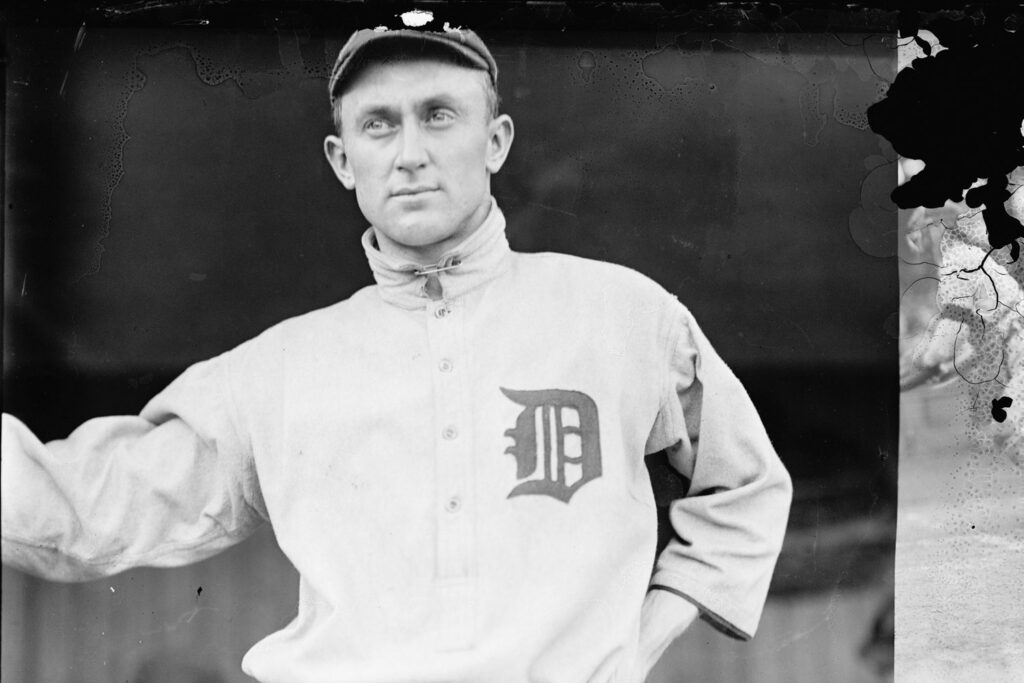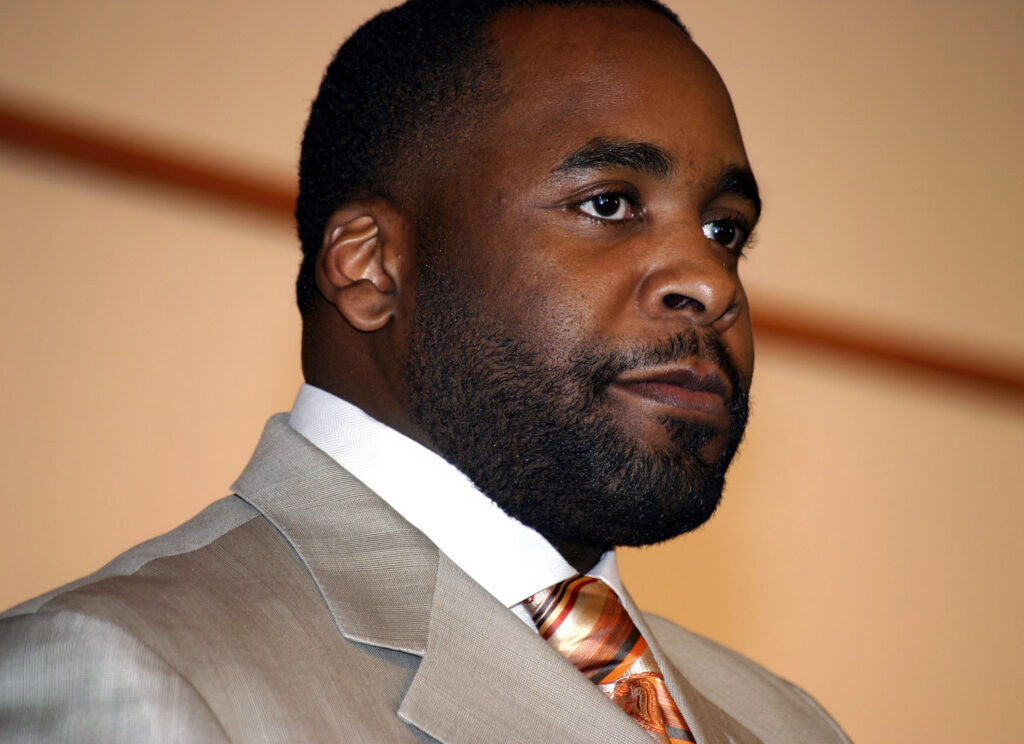Jeff Dye, a 42-year-old stand-up comedian who hosted two shows on MTV, is apparently an expert on Hall of Fame baseball player Ty Cobb.
On a 2024 podcast, Dye shared how Cobb “kidnapped” a homeless 10-year-old black kid, renamed him “Li’l Rastus,” and put him in a Detroit Tigers uniform because the kid was considered good luck.
Dye tells how Cobb took the boy on the road for Tigers games and forced the boy to sleep under his bed. Then, after a couple months, Dye said Cobb decided “this kid’s back luck” and left him stranded thousands of miles from Detroit.
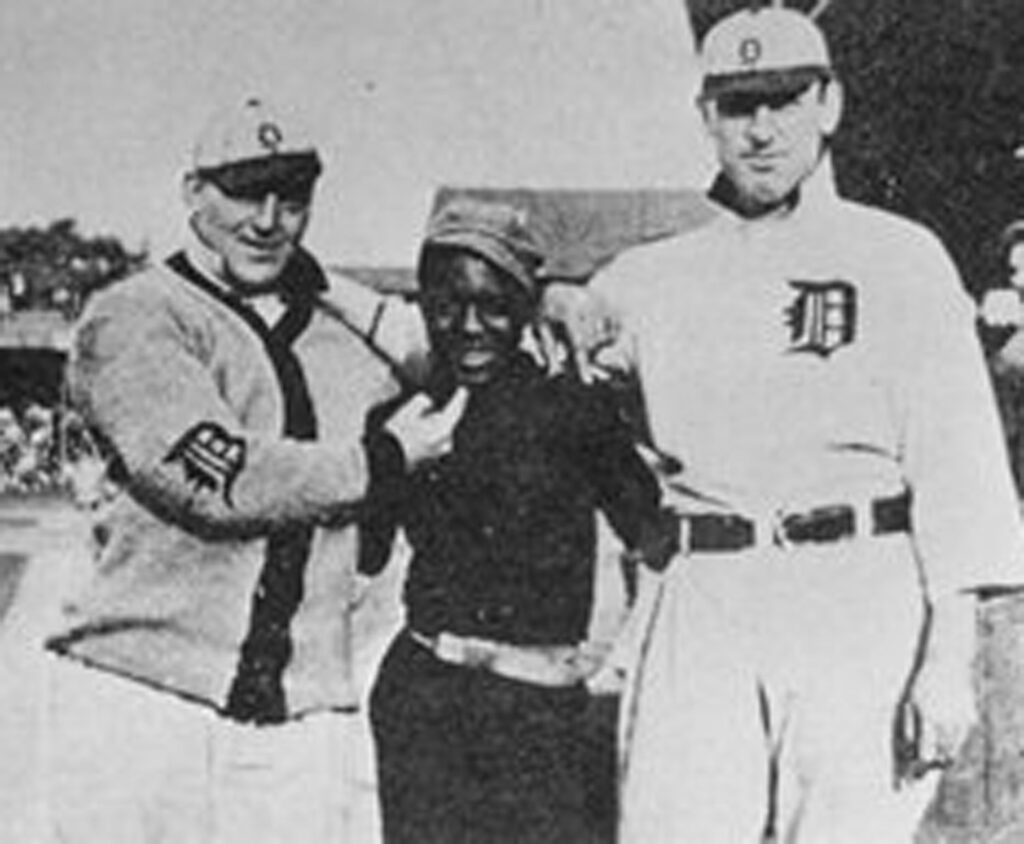
There is almost nothing accurate about Dye’s portrayal of the story, at least if you believe the newspapers articles from the time and the baseball historians who have researched it more thoroughly than a stand-up comic.
Li’l Rastus’s real name was Ulysses Simon Harrison. He stayed with the Tigers for three seasons, 1908 through 1910, according to the Society of American Baseball Research. He was a homeless orphan who was living at the baseball field when he was discovered by the Tigers, who adopted him as their mascot and fed him and gave him shelter.
Cobb did keep Rastus hidden under his bed or bunk while traveling, but only because it was not acceptable for black people to be on trains or stay in hotels with the team at that time.
There is no mention of Rastus ever being abandoned on the road. Eventually, he was simply replaced by other mascots after the season ended. Human mascots were not uncommon back then.
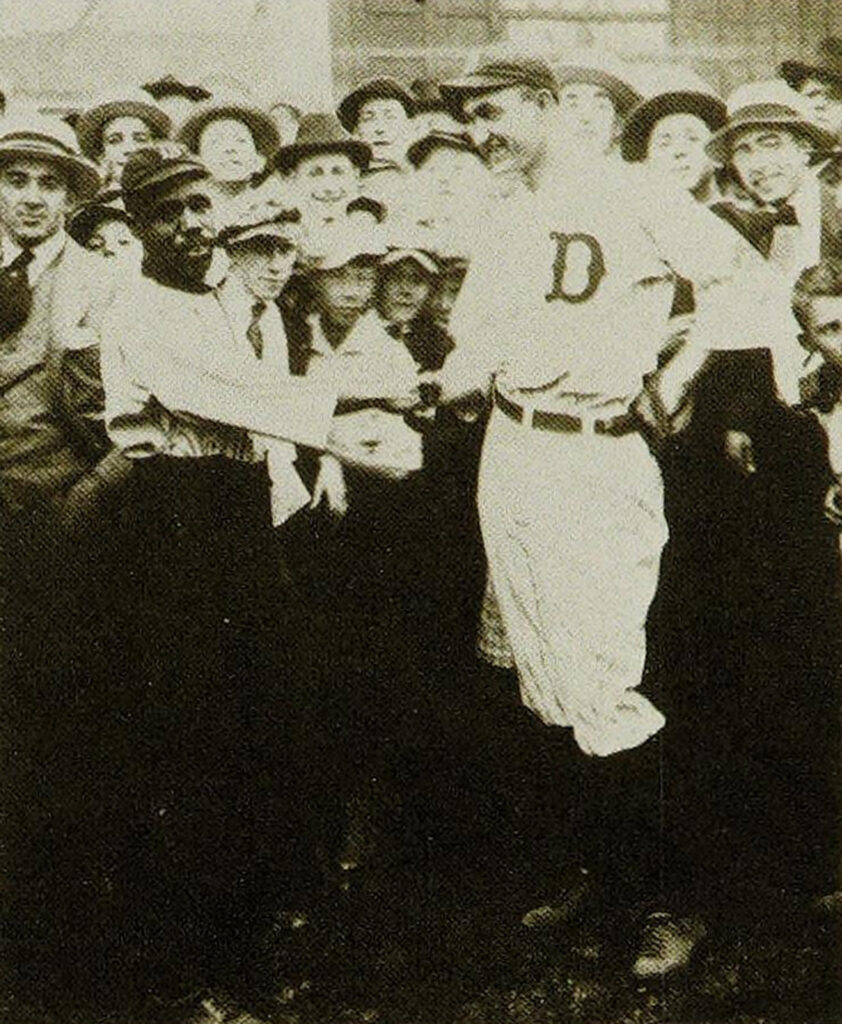
In the 1910s, Connie Mack used a deformed man with a hunchback as a good-luck charm, and Mack’s Philadelphia Athletic players would rub the hunchback for luck.
Dye’s inaccurate portrayal, in the worst possible way, is an example of why John Jakubowski is on a mission to salvage Cobb’s reputation. Jakubowski, who was born and raised in Flint and attended Aquinas College and Thomas M. Cooley Law School, has created a Facebook page named “Ty Cobb’s Legacy — Time to Right a Terrible Wrong!!!” It has more than 12.5k members.
Jakubowski is not new to this Free Cobb movement.
Charles Leerhsen wrote “Ty Cobb: A Terrible Beauty” in 2016, which pointed out how “after his death in 1961, however, his reputation morphed into that of a virulent racist who also hated children and women, and was in turn hated by his peers.”
In 2016, Leerhsen wrote that much of the claims that Cobb was racist were based on inaccurate facts. For example, some of the men Cobb fought were thought to be black, but they actually were white.

Leerhsen discovered the errors by researching birth certificates of the people involved. Cobb fought a lot of white men, Leerhsen said.
Negro League player Buck O’Neil made a similar assessment of Cobb when an interviewer asked about Cobb “being very hostile to black people.”
“Ty Cobb was very hostile to people. Not only blacks,” O’Neil said. “He wasn’t only mean to blacks. Ty Cobb was mean to anybody. That was Ty Cobb.”
O’Neil said Cobb was prejudiced, but noted that was the way society was at that time.
At the heart of this movement is the belief that the first baseball player elected to the Hall of Fame was a victim of a great injustice when sportswriter Al Stump released a series of stories on Cobb in 1961.
The articles were published after Cobb had died and portrayed him as a venomous, crazy racist. Stump published a similar autobiography on Cobb in 1994 titled “Cobb: The Life and Times of the Meanest Man Who Ever Played.” Stump’s reporting on Cobb has been challenged as inaccurate.

The movie “Cobb” was based on Stump’s 1994 book. In the movie, Tommy Lee Jones played Cobb, and actor Robert Wuhl, best known for playing the lead character in the 1990s TV show “Arliss,” was cast as Stump.
Many modern-day baseball historians agree that Stump exaggerated how much time he spent with Cobb while researching his autobiography. Some baseball historians maintain that Stump’s portrayal of Cobb was fictionalized.
It is believed that Stump forged many documents after Cobb’s death, claiming to be in Cobb’s handwriting, for money, given that this was the dawn of the baseball memorabilia era. There are many serious websites addressing all these claims in detail.
Of course, there are violent events in Cobb’s life that have been reported.
In 1907, Cobb chased down a drunken black groundskeeper who had tried to shake his hand. Cobb ignored the man at first, but he kept on trying to make contact with Cobb. In a fit of fury, Cobb chased the man to his home and then attacked the man’s wife when she tried to intervene. Cobb then fought a teammate who tried to peel him off the stunned woman. The Tigers considered trading Cobb due to the violent attack.
In 2020, the Metro Times’s George Hunter, a Detroit News crime reporter for more than 20 years, recounted the fight with the groundskeeper’s wife. Hunter reported Cobb disputed it and that only the Detroit Free Press reported it because it was a pro-slavery newspaper. Hunter questioned whether it really occurred.
In 1912, Cobb went into the stands to beat up a white man who had heckled him ruthlessly throughout a series in New York. The man had lost fingers on both hands as a worker on a printing press. Cobb ruthlessly beat the man.
He was suspended for 10 games, as the American League president Ban Johnson witnessed the attack.
Ten years ago, Detroit Metro Times writer Michael Jackman described Cobb as an “asshole” in an article and stated, “He was known as a bigot with a short temper and a penchant for sadism.”
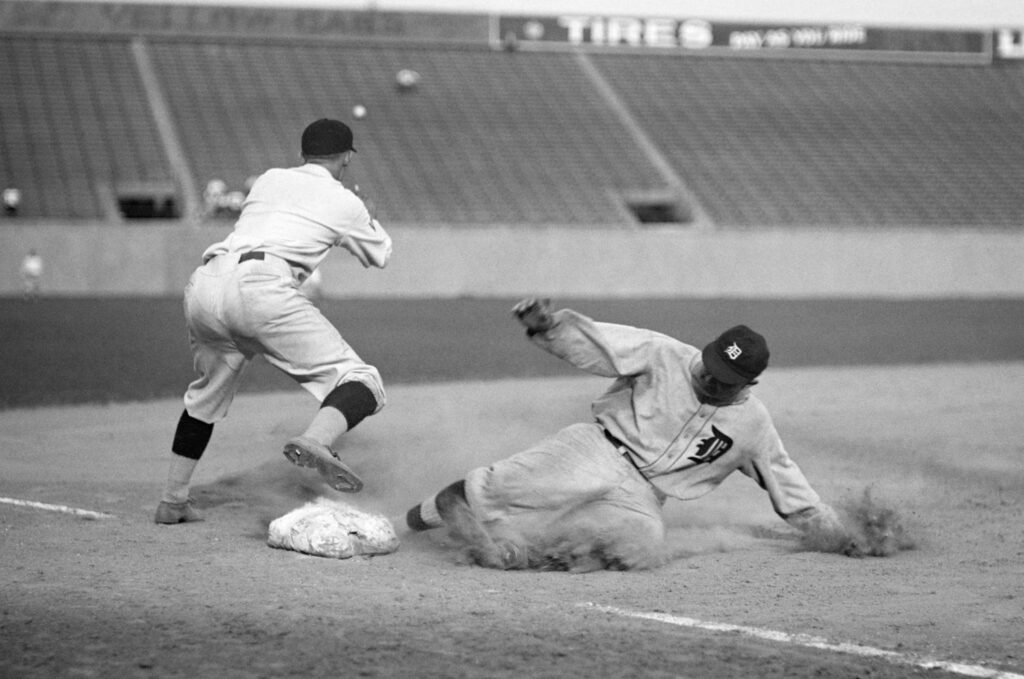
It should be noted it was the rare man in 1912 who wouldn’t be known as a bigot in a country as saturated with racism as ours was in those days. Racism was woven into every aspect of life.
A story of the last day of the 1910 season gives some insight into how vilified Cobb was in his league. On the final day of the season, Cobb and Cleveland’s Nap Lajoie were neck-and-neck in a race to win the batting title, with a new car at stake for the winner.
There was a conspiracy among the teams, and even the official scorer, to rob Cobb of the chance to win. The St. Louis Browns’ manager, Jack O’Connor, ordered his third baseman to play back on the outfield grass. Lajoie was informed that any bunt he laid down the third base line would surely be a hit.
Lajoie ended the double header with eight hits in nine at bats, and one of them—clearly an error—was given to Lajoie by the official scorer.
Lajoie would have won the batting crown had American League president Ban Johnson not intervened and declared Cobb the rightful batting champ due to the conspiracy.
Other sides of Cobb are rarely revealed.
On Jan. 14, 1952, Detroit’s heavyweight champion, Joe Louis, ripped into the PGA because it would not allow him to play in their tournaments because he was black. Louis said he was aware of the ban and wanted to play in the PGA event to “bring it into the open.”
Two weeks later, Cobb told a reporter during an interview that he supported the idea of black players playing baseball with whites. Cobb made his comments because the Texas League’s Dallas franchise had decided to sign black players for the first time.
Cobb’s statements were picked up by black newspapers such as the Atlanta Daily World, which were mounting their own civil rights campaigns at the time.
Cobb had a record of philanthropy later in life. He established the Ty Cobb Education Foundation to give scholarships to needy students in Georgia.
Jakubowski said he started his Facebook page to help set the record straight on Cobb.
“It’s telling that simply questioning whether Ty Cobb was truly a racist—a charge disputed by many who knew him—is enough for some to label the page as a ‘radical’ or ‘right-wing’ effort,” Jakubowski said. “That’s unfortunate, and it reveals how resistant parts of our society are to open dialogue and nuance.”
My interest in Cobb began when I was 9 and growing up in Michigan. Topps released a baseball card of him in 1974. I grew up believing Cobb was the worst human imaginable due to Stump’s 1961 reporting. Many sports magazines in the 1970s repeated Stump’s fabricated claims as gospel back then.
Now, after having self-published a book on Bill Veeck, Larry Doby, and the breaking of the color barrier in baseball, I’ve come to realize how difficult it is to get a true look at a person’s character more than 100 years later.
Tom Gantert is a contributing writer for Michigan Enjoyer.
